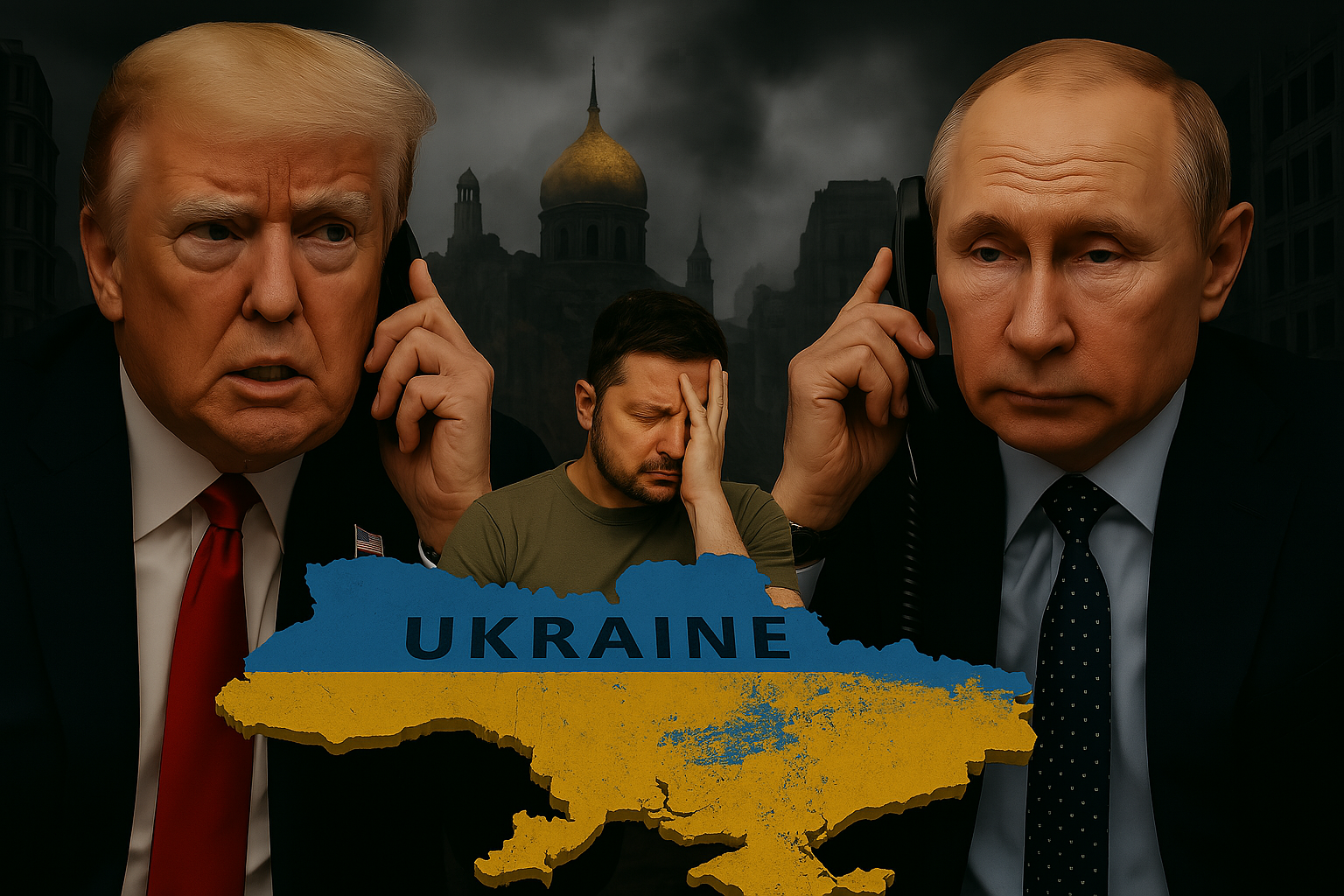🌎 What Changed in U.S. and Russia Economic Relations?
Since the outbreak of the Ukraine war in 2022, U.S. and Russia economic relations have undergone seismic changes. In this post, we’ll explore what has shifted, why it matters, and what might be next. From collapsing trade volumes and strategic corporate exits to new tariff policies and diplomatic signals, the economic dynamic between the U.S. and Russia is evolving rapidly.
💰 Trade Decline Reflecting U.S. and Russia Economic Relations
Before the war, trade between the U.S. and Russia was valued at nearly $35 billion in 2021. However, by the end of 2022, that number had fallen dramatically to $3.5 billion. This collapse was primarily driven by:
- Harsh sanctions imposed by the U.S. government
- Voluntary exits of U.S. corporations from the Russian market
- Restrictions on Russian energy and mineral exports
As a result, America’s reliance on Russian energy and raw materials was abruptly interrupted, forcing both nations to reroute their trade partnerships. This trade downturn is a key indicator of the strained U.S. and Russia relations.
📊 Source: U.S. Census Bureau Trade Data
🚪 Western Companies and the Strategy Behind Exiting Russia
Iconic Western companies such as McDonald’s, Starbucks, Shell, Coca-Cola, and Philip Morris exited the Russian market in 2022. While many of these exits were framed as moral or political stands, they were also strategically calculated.
Interestingly, several corporations included “buy-back” clauses in their sales contracts. These allow them to repurchase their assets at pre-war prices within a few years. This forward-looking strategy reveals a belief that the conflict may not be permanent—and offers a path for re-entry if political conditions improve.
For example:
- McDonald’s sold to local firm Тейк (Teik) but retained a buy-back right.
- Shell sold parts of its Russian energy portfolio but left options open to reacquire assets.
This strategic foresight shows that many firms were hedging against long-term shifts in U.S. and Russia economic relations.
📰 Reference: Reuters – McDonald’s sells Russia business with buyback clause
🏛️ Tariff Policies and Their Role in Economic Relations
In April 2025, former President Donald Trump proposed a sweeping 10% reciprocal tariff on all imported goods—a bold move toward economic protectionism. Surprisingly, Russia was excluded from this tariff plan.
According to White House officials, Russia was exempted because it is already under a strict sanctions regime. Therefore, adding tariffs would be redundant. Nevertheless, this exception has raised speculation about a possible shift in diplomatic strategy and the use of tariffs as political leverage. These decisions are a direct reflection of the complexities of U.S. and Russia economic relations.
🛌 Russia’s Evolving Stance Toward Western Business
Initially, the Russian government forced foreign companies to sell assets at a discount and required them to make local donations upon exit. This move significantly deterred many firms from considering future re-entry into the Russian market.
However, that stance has started to shift. With a shrinking economy and rising inflation, Russia is now actively encouraging foreign firms to return. This pivot toward economic normalization could indicate a renewed openness to Western investment—especially for companies that strategically planned their exits.
Consequently, the restoration of foreign presence could impact U.S. and Russia economic relations, potentially laying the groundwork for cautious re-engagement.
📱 Diplomatic Signals in the Changing Relationship (Visualized)
On April 8, 2025, Donald Trump and Vladimir Putin reportedly held a one-hour phone call. Although no official transcript was released, analysts widely believe they discussed:
- Ukraine ceasefire negotiations
- Reopening trade or investment channels
- Long-term peace frameworks
While the phone call was mostly symbolic, it could also represent subtle backchannel diplomacy with potential economic consequences. This, in turn, might impact how U.S. and Russia economic relations evolve in the coming months.
A recent composite image circulating online symbolizes this diplomatic moment: while Trump and Putin are seen in a phone conversation, Ukraine’s President Zelensky appears relieved above a damaged map of Ukraine. The visual metaphor suggests that renewed diplomatic activity could lead to a possible ceasefire and eventually affect U.S. and Russia economic relations.
🔸 What’s Ahead for U.S. and Russia Economic Relations?
Clearly, U.S. and Russia relations have been radically transformed since 2022. From aggressive sanctions and trade collapses to quiet diplomatic gestures and strategic business exits, the situation is fluid. In a world shaped by diplomacy and disruption, the next chapter of U.S. and Russia economic relations may begin not with trade, but with a phone call. As international dynamics continue to evolve, it will be essential for global businesses and policymakers alike to watch this relationship closely.
📘 Glossary
- Sanctions
Definition: Economic or political penalties imposed by one country on another.
Example: The U.S. imposed sanctions on Russia after the 2022 Ukraine invasion. - Buy-back Clause
Definition: A contractual term allowing the seller to repurchase assets under specific conditions.
Example: McDonald’s included a buy-back clause when exiting the Russian market. - Reciprocal Tariffs
Definition: Tariffs imposed in response to another country’s tariff levels, aiming for balanced trade.
Example: Trump’s 10% reciprocal tariff policy exempted Russia due to existing sanctions. - Foreign Direct Investment (FDI)
Definition: Investment made by a company or individual in one country into business interests in another.
Example: Russia is reopening opportunities for FDI by encouraging Western companies to return. - Diplomatic Signals
Definition: Non-verbal or informal communications indicating a shift or intention in foreign relations.
Example: A symbolic phone call between leaders can serve as a diplomatic signal for cooperation.
🔗 Related Links
- Reuters – McDonald’s buyback clause:
- U.S. Census Bureau – Trade with Russia:
- Want to know more about The Impact of Rising Tariffs on U.S. Prices and Global Trade?
